Book Review: The Ballad of Songbirds and Snakes
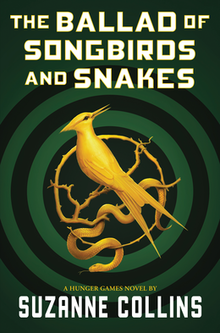
The Ballad of Songbirds and Snakes by author Suzanne Collins, creator of the original Hunger Games trilogy, is the prologue to the Hunger Games trilogy told from the perspective of anti-hero Coriolanus Snow. The Ballad of Songbirds and Snakes was released on May 19.
The 517 page novel was a long and intriguing read.
The Hunger Games franchise has long been a teen cult classic with its eerie dystopian themes and characters. 12 years later, author Suzanne Collins’ latest prequel takes many back to the famous franchise.
The book had stirred up controversy before it was even released. Collin’s unlikely choice of protagonist— the infamous President Snow —didn’t resonate well with some readers. The book received mixed reviews, with many loving it or loving to hate it.
I was stuck in the middle between loving and hating it, but I actually enjoyed the author’s choice of protagonist. I love a good villain story and this was a solid tribute.
The prequel really hit the mark with its antihero. The book follows a young Coriolanus Snow and his journey to becoming the loathed villain of the original trilogy.
Snow was an unlikable but intriguing character that walked the fine line between a protagonist and antagonist. Fueled by ambition and dreams of power, his motivation aligned with that of many young adults pursuing their dreams.
Unlike other villains, he is never redeemable, never expressing regret for his malicious actions and instead justifying them. Yet the twisted way he followed his dreams is fascinating.
Collins’ writing is simple but powerful.
She did a remarkable job of showing readers the Panem of the past and perfectly tied in elements of the original trilogy. While Katniss Everdeen was never physically present, her essence was.
In the first third of the book, Snow is chosen to mentor a tribute in the 10th Hunger Games— the female tribute from District 12. Other elements of the original trilogy are further explained. Readers see the backstory behind many songs sung by Katniss, Snow’s hate of mockingjays and the titular symbols of songbirds and snakes.
The author also remarkably intertwined current societal issues.
The prequel boldly explored many controversial topics, something I loved about the original trilogy.
The ethics of war. Human nature. What makes some actions justifiable and others not. The power of appearances. Every page was thought provoking.
But the book was not without its faults.
Snow’s character development and the pacing of the novel were inconsistent and confusing.
The last third of the book sped up from zero to 100 over the course of under 100 pages. It almost felt like the author had realized how long the book was and crammed the ending in. Characters were dying left and right and everything moved extremely fast with minimal context.
Snow’s character development aligned with the awkward pacing; sometimes he was understandable, while other times he had completely transformed into his future villainous self.
Aside from the awkward pacing and character development, there were many unnecessary details. There were so many characters, song lyrics and expositional elements that were merely words on paper.
Yet, in spite of its faults, The Ballad of Songbirds and Snakes brings an interesting take to the original trilogy. While it doesn’t reach the same heights as the originals, it is a fitting tribute.

Sarah is a senior and Co-Editor-in-Chief. This is her fourth year on the Gazette staff.



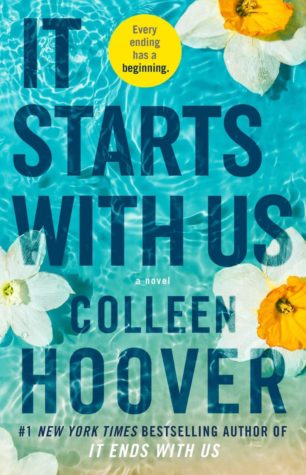

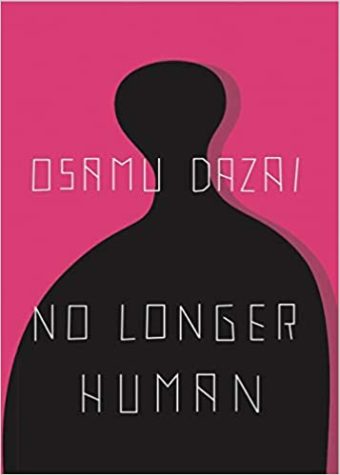

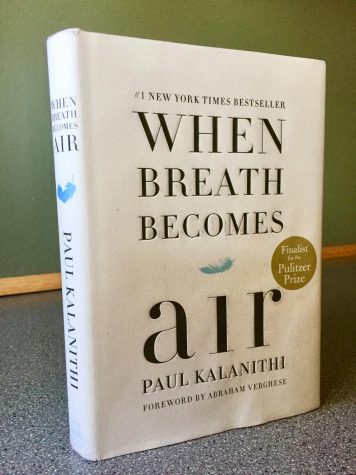


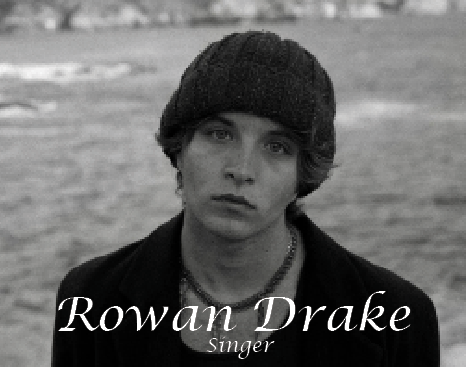

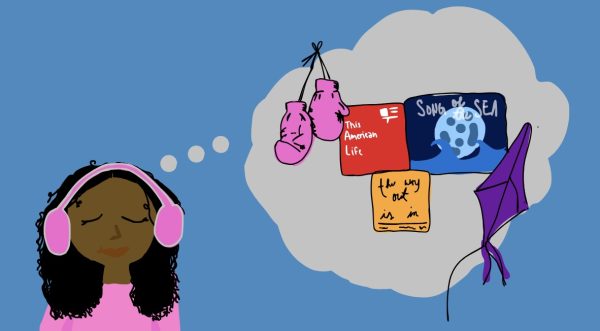



Sofia Richards • Mar 19, 2021 at 10:32 am
I’ve been wanting to read this book for a while, just because it’s a prequel to one of my favorite series. I love how you pointed out the good and bad points, giving me an idea of what to expect- thank you 🙂